This is a study on generative artificial intelligence. Moving across various professional fields, we sought out signs of change that could inform us about the future of work and everyday life. Here are the key questions we addressed: How is the introduction of GenAI evolving workflows? How are professionals using and perceiving AI tools? How are companies tackling the challenge of integrating this new technology?
To answer these questions, we first studied the market and the numerous research papers produced in recent months. Our analysis identified several significant trends to consider. We also explored the stories of individuals who are already incorporating GenAI into their work routines. This observation allowed us to map qualitative data and concrete experiences.
Finally, with a European perspective, we turned to the corporate world to understand how this technology is interpreted, chosen, and used by organizations. Today, many evolutionary scenarios are still undefined, with no certain trajectories or preset formulas. There are people and organizations that, more or less consciously, are charting the path forward. Al Chronicles is dedicated to them.
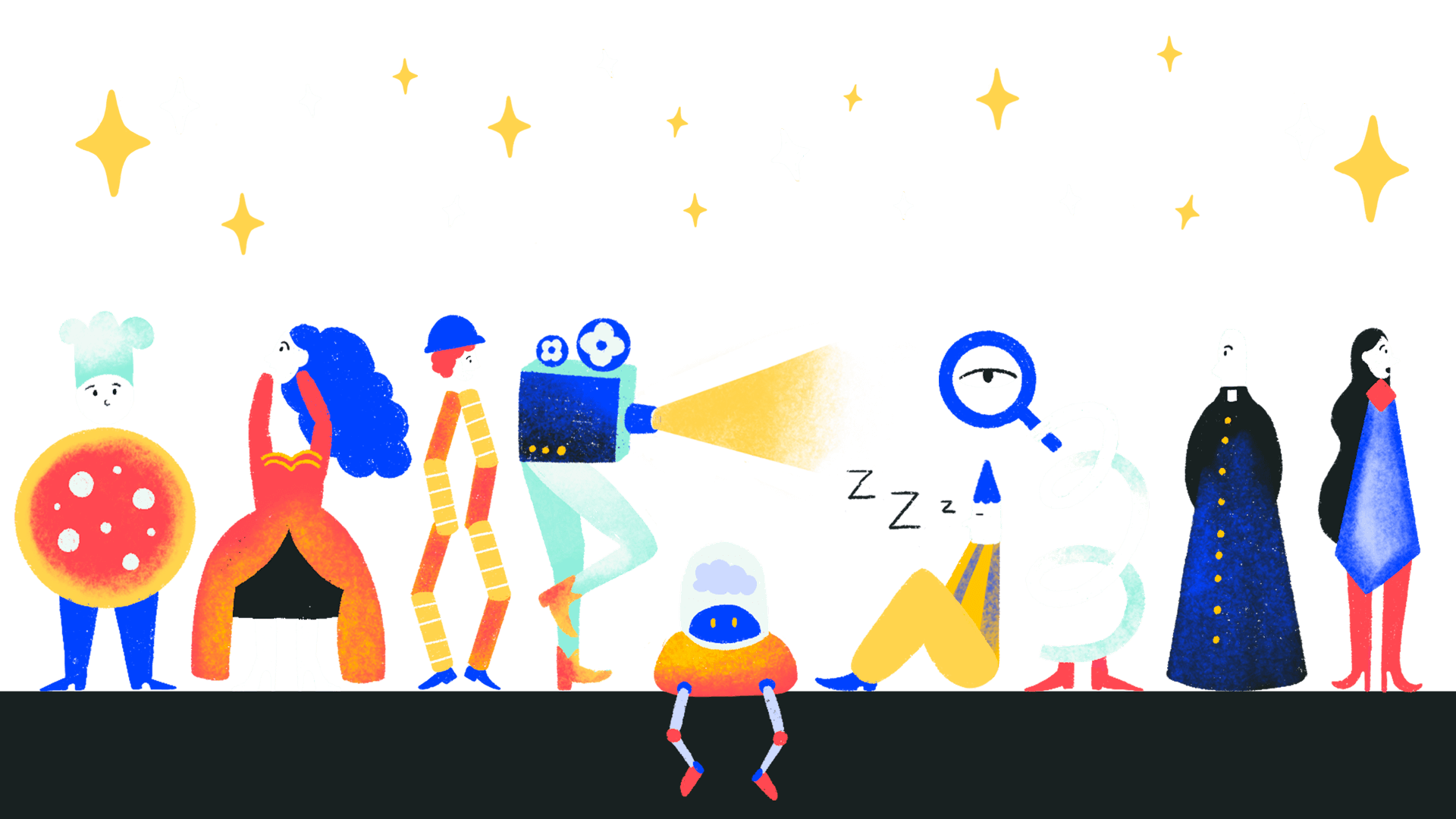
Phenomena
2 Years of GenAI, 5 phenomena to consider
This journey through five emerging phenomena reveals how generative AI is changing not just the way we work, but also how we learn, identify ourselves, and interact within the professional context.
People
How GenAI changes daily work: an ethnographic survey
This study profiles nine different individuals to understand how this technology is transforming the way people work. What benefits do they derive from it? What challenges do they face? How do they use it? The profiles you will read below are the main subjects of our research.
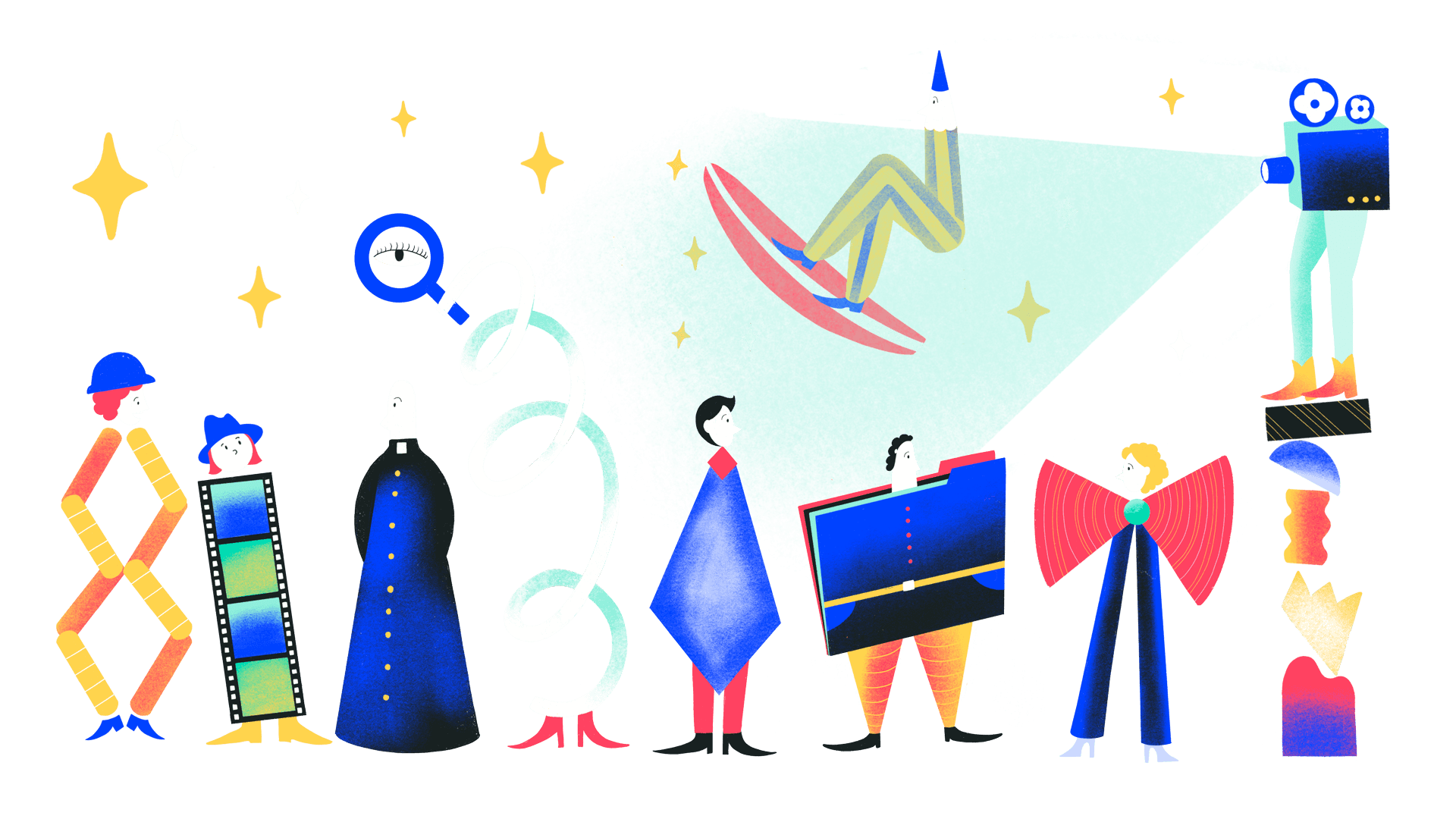
Profiles
These professionals shared their relationship with GenAI through conversations held at the start and end of the investigation period, as well as through a two-week monitoring period. During this time, they allowed us to gain insight into their daily work, documenting their experiences, insights, and concerns in a shared journal. We selected them based on three key characteristics:
- They belong to the broad category of professionals who are freelancers or otherwise not employed by large corporations.
- They use GenAI technology effectively to varying degrees.
- They have a variety of professional backgrounds.
These nine people told us about their relationship with Generative AI through interviews that took place at the beginning and end of the research period and through a two-week observation period during which they let us join them in their daily work and recorded their experiences, insights, and perplexities in a diary that they shared with us.
As bearers of unique and personal approaches to the tools we are studying, they have become, in many respects, iconic figures that help us identify patterns, potentials, and interesting indicators for anyone approaching the relationship between GenAI and work.
Insights
The analysis of the differences and recurring patterns observed in our sample of profiles led us to make several assumptions. These relate to work processes, the subjective approach to using this technology, how it is utilized, and the sensations and reactions it provokes. Below is a list of the most relevant insights. These are aspects to be considered for a better understanding of the impact on professions, especially when initiating an adoption process within a company, or in change management, training, or projects where human-machine interaction is enhanced.
Insight Nº1

Generative Artificial Intelligence transforms work dynamics, affecting every stage of daily work. The adoption of these tools requires a rethinking of traditional workflows, along with the need to adapt to the idea that the order in which one’s tasks can vary. Observation of our sample points to a more iterative and progressive workflow that incorporates AI feedback and considers the impact of this technology on everyday professional life. Artificial intelligence exponentially speeds up mechanical processes, freeing up time and resources for more value-added activities.
Insight Nº2

Not everyone uses Artificial Intelligence the same way. Some approach AI gradually, studying it before using it, while others prefer to use it immediately, exploiting its potential from the start. Compared to more technical professions, creative professions not only look to AI for different needs but also welcome its assistance differently. In the creative sphere, AI is often seen as a tool for support and inspiration, while in more knowledge and precision-oriented contexts, its use can be seen primarily as a means to optimize and refine existing structured processes.
Insight Nº3
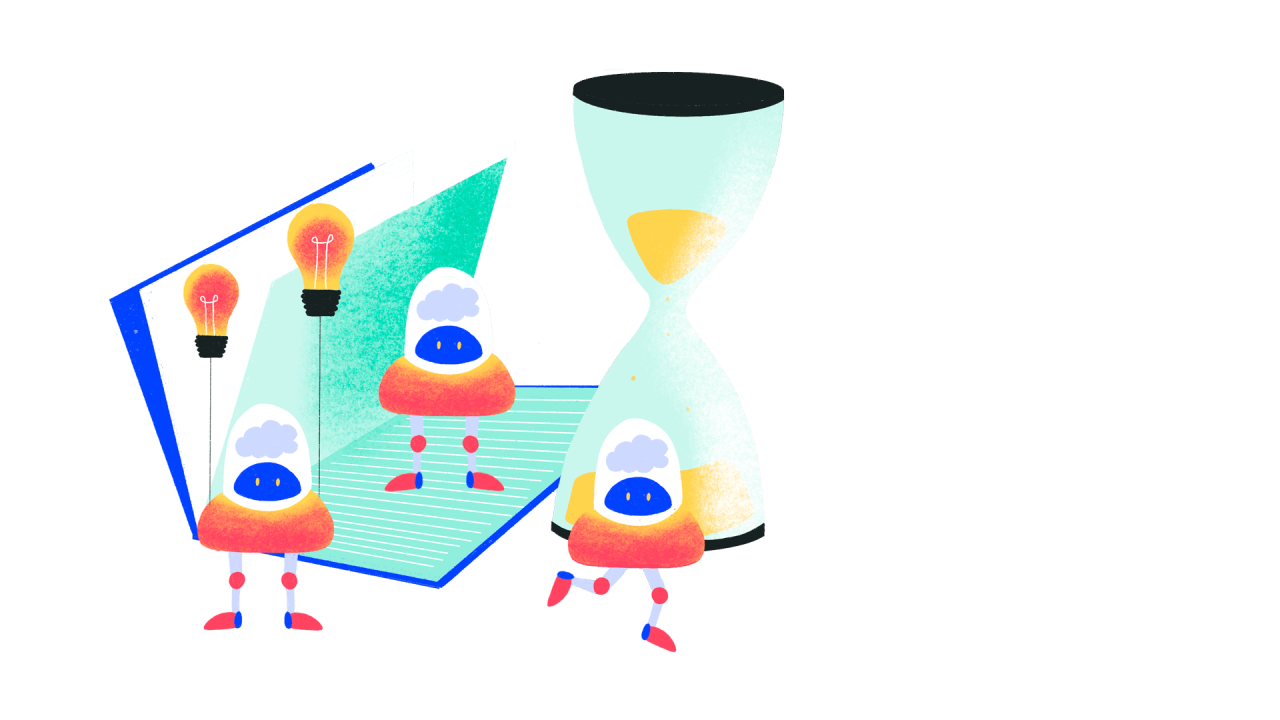
Generative AI adapts to multiple needs, serving as both a practical assistant and a source of creativity. Depending on the professional field and user’s needs, GenAI performs different functions:
- It speeds up processes: it facilitates the implementation of proposals or the translation of texts, making operational tasks faster and more efficient.
- It fills skill gaps: it provides additional support, giving users the equivalent of a virtual work team giving them “extra muscle” to handle daily tasks.
In addition to being a dynamic encyclopedia, unlike Google Search, Generative AI supports users in other ways:
- It elevates and enhances ideas: it stimulates new inspiration and provides fresh creative input, helping to generate innovative solutions.
- It enriches knowledge: it expands a user’s skill set, taking them to new levels of ambition and creativity.
Insight Nº4

Even when interacting with Artificial Intelligence, humans cannot help but display their most multifaceted psychological traits. As workers, we have expectations of AI: I expect it to be a valuable assistant, but at the same time, I fear being disappointed if it fails to meet my needs. The monitoring also showed us some fears related to the possibility of unlearning one’s craft by handing over more and more tasks to AI. After overcoming the hurdle of figuring out how best to interact with the tools, there is in some cases, a sense of inadequacy regarding one’s professional added value.
Behavioral Patterns
Areas of application and learning styles: an overview.
Our ethnographic research has identified two recurring themes: the learning style (learn-by-doing vs. study-before-starting) and the mode of use (do new things vs. do same things faster). The intersection of these directions helps us identify four different types of human-AI relationships, where each individual can find a match based on their characteristics. Let’s see what they are.
Data Room
The use of GenAI in the corporate context
We conducted a survey in five European countries: Denmark, Germany, Spain, France, and Italy, involving a sample of 2,000 employees from various industries and business functions, with the aim of understanding the level of adoption within European organizational systems and analyzing the perceptions of the corporate workforce regarding GenAI.
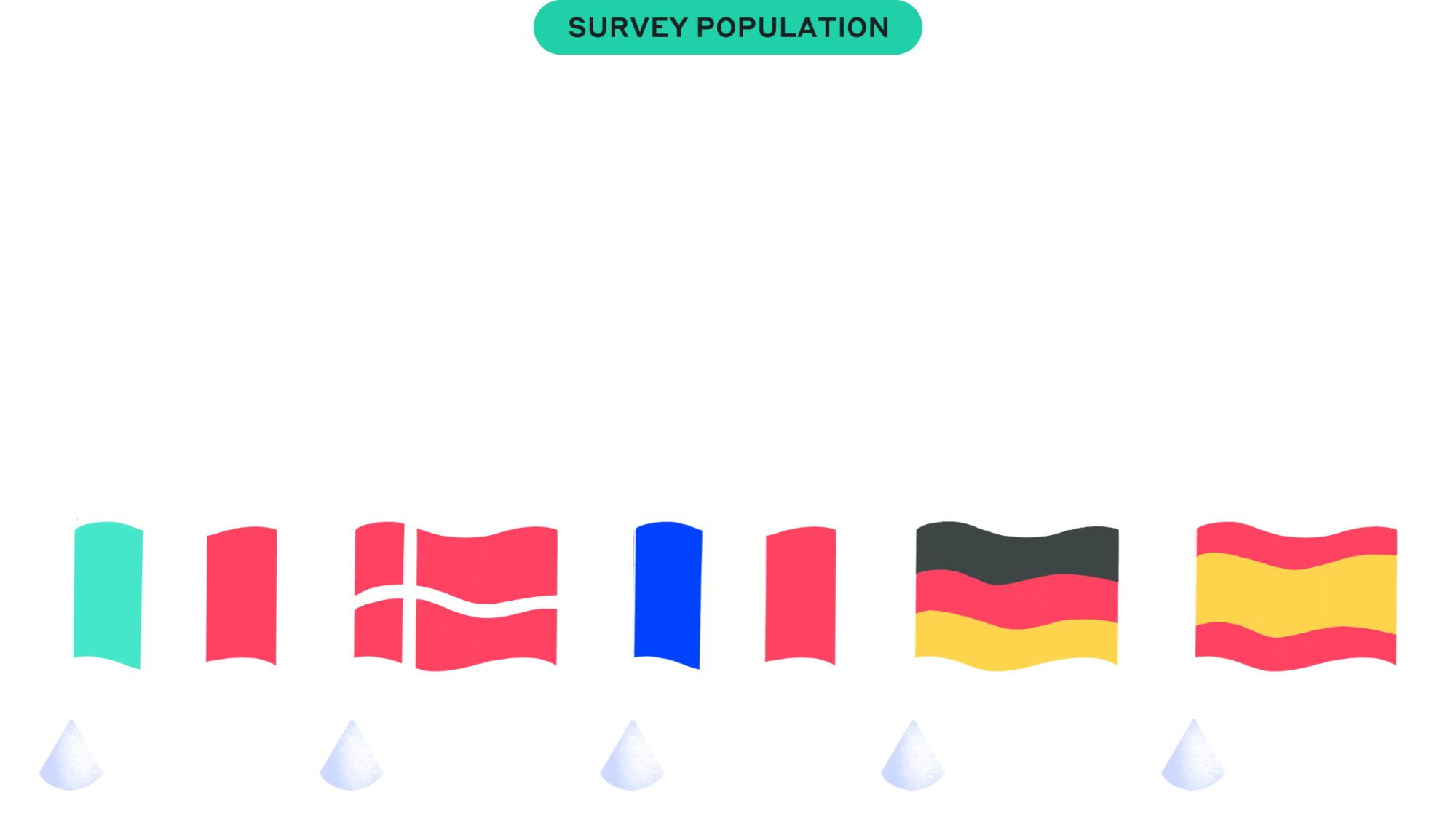
OF WORKERS ENGAGE WITH GenAI TOOLS IN CORPORATE SETTINGS
Our study shows that the typical GenAI user profile belongs to Gen Z and Millennials, often working in small or medium-sized companies.
Compared to the analyzed geographies, Spain and Italy are the countries with the highest adoption rates.
OF GenAI USERS ARE ACTIVELY ENCOURAGED BY THEIR EMPLOYERS TO DO SO
The highest satisfaction levels are found within companies that encourage adoption through dedicated initiatives.
Specifically, special projects and internal communication campaigns are the most valued initiatives for adoption.
OF NON-USERS FEEL THAT GenAI IS NOT NEEDED FOR THEIR WORK
A primary reason for the lack of GenAI adoption is, in fact, the poor understanding of how it applies in a work context.
Even among GenAI users, the overall perception of GenAI’s value at work is neutral. Gen X is the most negative in assessing the impact of GenAI at work.
Explore our data room
Outro
In short, what have we learned?
Takeaway Nº1

The perception of GenAI is currently neutral: it is being used and experimented with, but the final strategic direction has yet to be defined. Adoption is divided between visionary leaders and those who have not yet fully understood its value and potential. One thing is certain, however: the speed with which this technology has spread on a large scale far exceeds any previous transformation. It enters companies as a personal tool to generate a systemic impact.
Takeaway Nº2
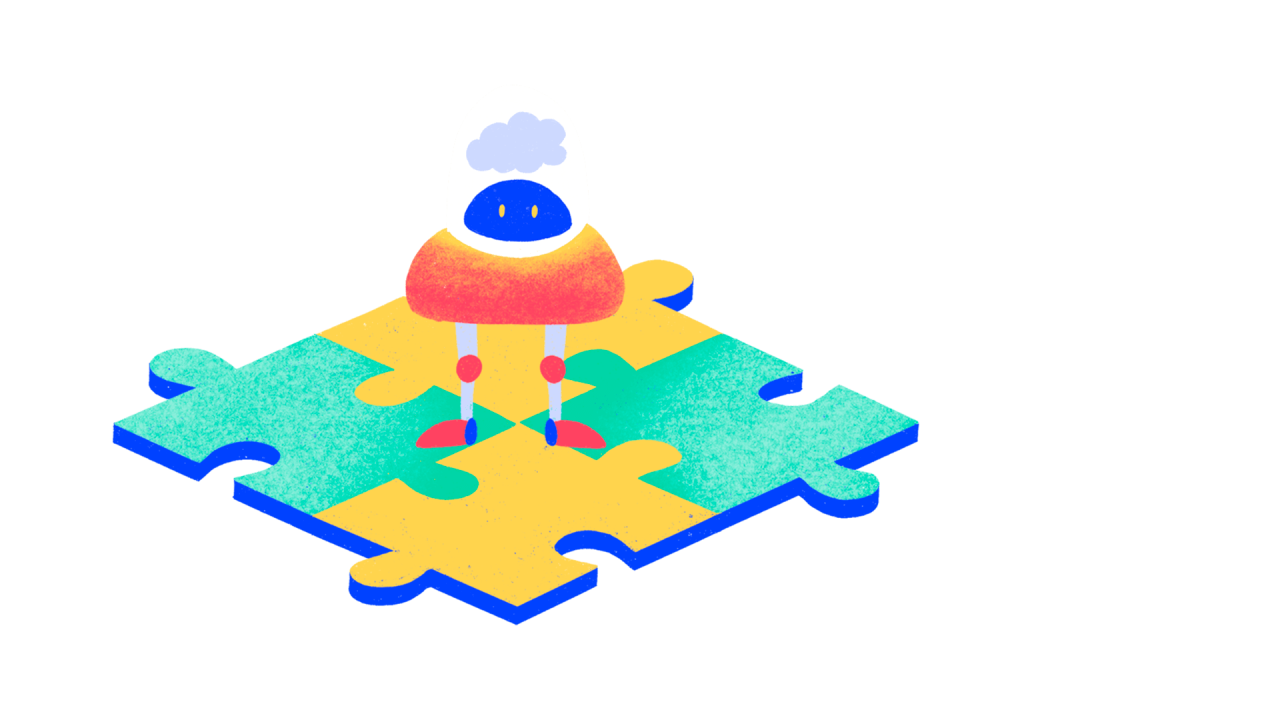
GenAI is expanding the boundaries of professions: it offers new opportunities for interaction between different disciplines and the introduction of new approaches to established processes. Rather than talking about the change of a single profession, we should talk about changing the “team” asset. An evolution of skills and disciplines that must be orchestrated together.
Takeaway Nº3

It would be useful to maintain a focus on the quality of work and not just on quantity, efficiency, performance. Workers should be in a position to use GenAI to enhance the quality of their work. The risk of standardizing outputs — especially in creative and knowledge areas — is just around the corner. For this reason, we should not interpret GenAI as a “place” or an entity where to outsource knowledge but as an incredible activator if we possess extensive knowledge.
Takeaway Nº4

Experimental projects are a key to success that is driving the satisfaction of people working with and using this technology. Its nature is fundamentally generalist, but practical experience is guiding us towards sector-specific applications. This direction must be supported by tools such as specific training that can meet the individual needs of people. Today we are addressing a generation that has lived through digital transformation and is not naive about the meaning it wants to give to its work.
Takeaway Nº5

Investing in it pays off, at least in the perception of value and understanding by individuals. It remains to be verified whether this value also translates into actual benefits for the business. Certainly, companies play a fundamental role in guiding employees, providing solid cultural and educational tools to use GenAI in a conscious and strategic manner.
Takeaway Nº6

GenAI is redefining relationships within organizations, influencing concepts like trust, delegation, and collaboration. We can talk about “leadership in the times of AI” whose task is to assess and direct the relationship with the tool. The team is no longer made up only of people but also of machines. How do we collaborate with machines? How are workflows redesigned? How are organizational interfaces improved?
Join the conversation
If you’re curious about how this cutting-edge technology could revolutionize your industry, we’d love to connect and explore the possibilities together. Don’t hesitate to get in touch and see what AI can do for you and your organization. Let’s unlock the potential of GenAI together!
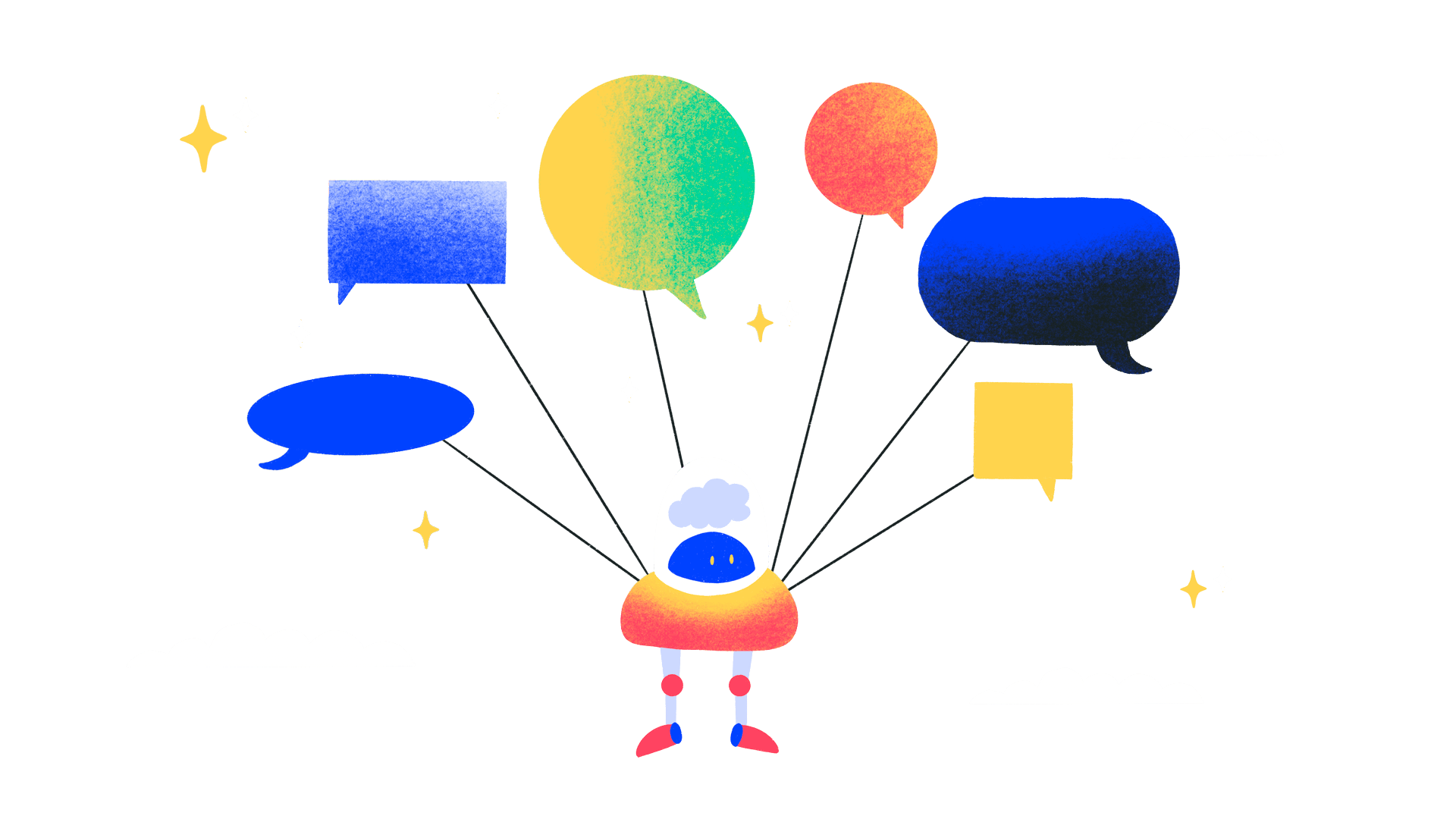





 in Italy
in Italy